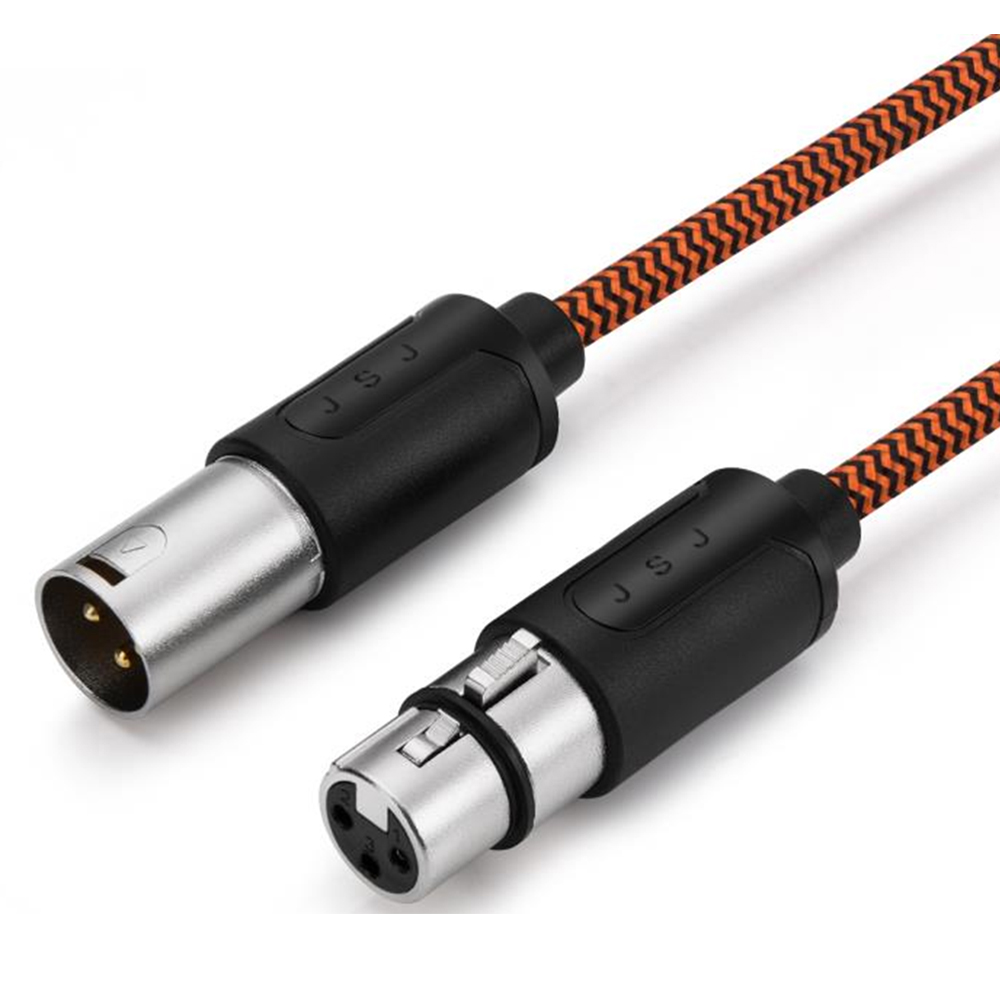Through podcasts, books, research, talks and Twitter conversations, these are the influential voices all small business IT professionals should be listening to right now.
J.P. Pressley is a contributing writer to BizTech magazine and editor at Manifest. Micro B Usb Cable

J.P. Pressley is a contributing writer to BizTech magazine and editor at Manifest.
Ethernet cables are a simple way to improve the speed of data transfers. That’s largely why, as businesses continue to improve their networking solutions to support high-speed transfers, the global Ethernet cable market is expected to exceed $30 billion by 2029.
But choosing between Ethernet cable options is complex, and making the right selection starts with understanding the distinctions between the latest categories of cabling: CAT 6, CAT 7 and CAT 8.
EXPLORE: What's the best ethernet cable for you?
Ethernet connects devices in a LAN to each other and the internet. With data traveling between the wires, protocols enable each physical cable to communicate between devices. And since the cables are physically connected, there is more reliability with Ethernet than there is with a Wi-FI or 5G wireless service.
This is the basic difference between Ethernet and popular wireless networking options. However, the distinctions between CAT 6, CAT 7 and CAT 8 cables are more nuanced. Here’s what you need to know:
CAT 6 is capable of supporting data transfer rates of up to10 gigabits per second at a distance of up to 55 meters and is the most common Ethernet cabling in use. CAT 6A, an augmented version of CAT 6, offers 10 times the network speed and twice the bandwidth at a distance of up to 100 meters.
The key distinction is that CAT 8 cabling has faster throughput over short distances — 40Gbps up to 30 meters and the standard CAT 6 rate of 10Gbps at up to 100 meters. This evolution from CAT 6 also has a bandwidth of 2000 megahertz, twice that of CAT 7. For these reasons, CAT 8 cables are becoming increasingly popular.
Click the banner below to learn about how the modern data platform can help your organization.
In addition to their data transfer capabilities, CAT 6, CAT 7 and CAT 8 also vary in their price points and use cases.
CAT 6 patch cables — designed to support data transfer rates of up to 1Gbps, which is suitable for most networking applications — are also used to connect home security systems, wireless access points, smart TVs, printers and other technologies to a router or switch.
Because CAT 7 cables were originally developed for use in larger industrial Ethernet networks, they are able to withstand a broad range of environmental and mechanical hazards, such as exposure to ultraviolet light and moisture, temperature extremes, oils and chemicals. As a result, they are an ideal choice for robust outdoor applications such as railway cables.
CAT 7 cables are also becoming more popular in homes, used for LANs and expansive gaming setups.
These various use cases show that all three categories of cabling can be beneficial for home or business networks, but note that they are not interchangeable.
LEARN MORE: How the latest networking technology can supports digital transformation.
If none of the options above work for you, you might consider CAT 5 — still a viable option — for your networking operation. Choosing between CAT 6, CAT 7 and CAT 8 solutions can be daunting, but assessing which cable type is right for your business is doable.
A good first step is to evaluate your business’s networking needs. For instance, a small business won’t need the high processing power that a large enterprise needs.
Second, compare your requirements with your current networking capabilities to determine which cabling type can bridge the gap. You could also ask a tech adviser to help you evaluate specific cabling solutions, such as those from Tripp Lite and Axiom. A network assessment will identify your system’s strength and vulnerabilities.
Answer 3 questions on how your organization is implementing zero trust.
Review: The ViewSonic M1 Mini Plus Projector Is a Smart Business Choice
How Cloud Management Services Make Banking Better
Visit Some Of Our Other Technology Websites:
Tap into practical IT advice from CDW experts.

Cat8 Ethernet Cable Copyright © 2023 CDW LLC 200 N. Milwaukee Avenue , Vernon Hills, IL 60061 Do Not Sell My Personal Information